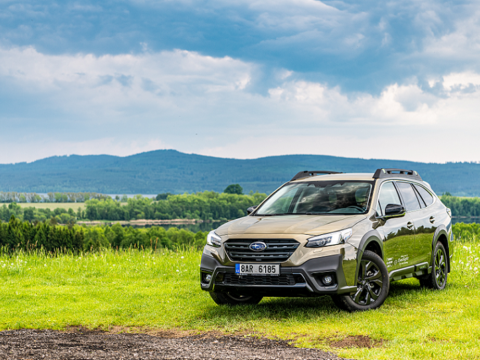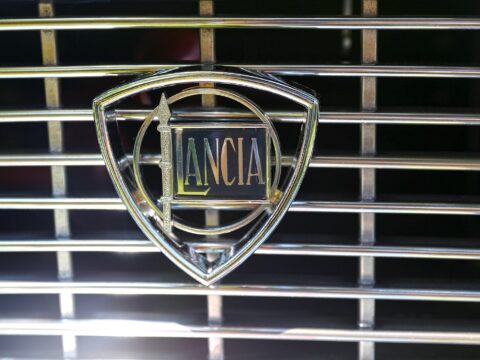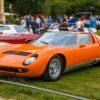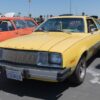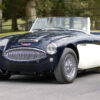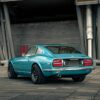This article presents a curated selection of the most iconic and influential locomotives that have traversed the vast landscapes of the United States, shaping the country’s industrial and transportation history. From the steam giants of the early 20th century to the modern diesel-electric workhorses, each locomotive in this list represents a pinnacle of engineering achievement and a crucial chapter in the story of American progress. These titans of the tracks not only revolutionized rail transport with their power and innovation but also captured the imagination of generations, becoming symbols of the relentless, pioneering spirit that drove the nation forward.
Contents
Baldwin Locomotive Works Mallet Locomotives (Early 1900s)
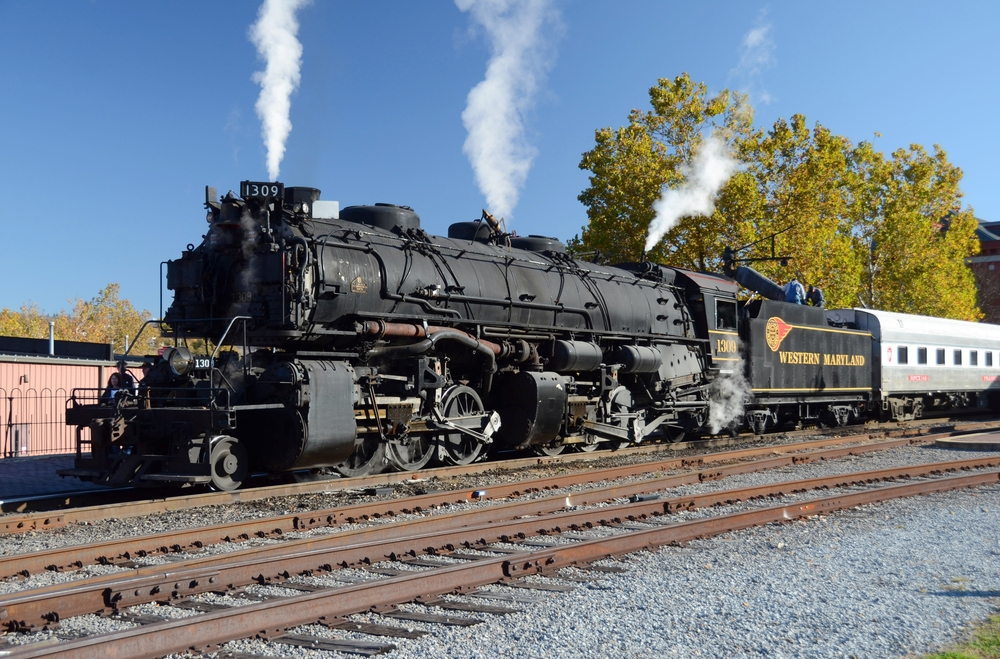
The Mallet locomotives, developed by Baldwin Locomotive Works in the early 20th century, were among the first successful articulated locomotives in the United States. Their unique articulated design allowed for larger, more powerful engines capable of navigating the tight curves and steep grades of American railroads. These steam locomotives were instrumental in the expansion of railroads across mountainous regions. While most have been retired, a few have been preserved in museums and railway heritage sites.
EMD F7 Diesel-Electric Locomotive (1949-1953)
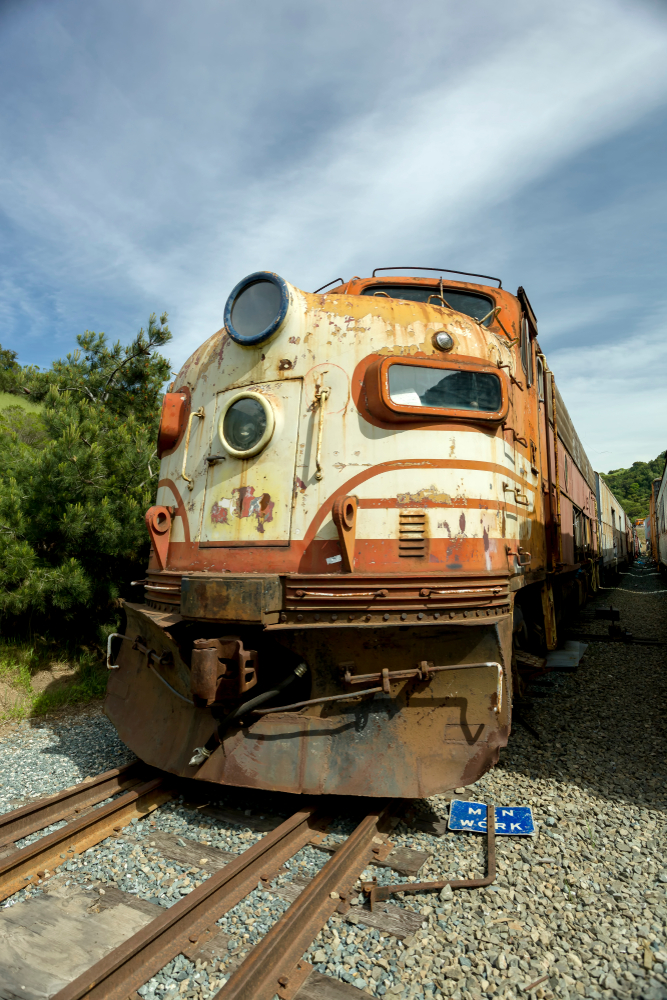
The EMD F7, produced by General Motors’ Electro-Motive Division from 1949 to 1953, was a game-changer in American railroading. As diesel-electric technology took over from steam, the F7 became the face of this transition. With over 2,300 units produced, these locomotives were known for their reliability and were used in both freight and passenger services across the country. Some F7s have been preserved and can still be seen on heritage and tourist railroads.
Union Pacific Big Boy (1941-1944)
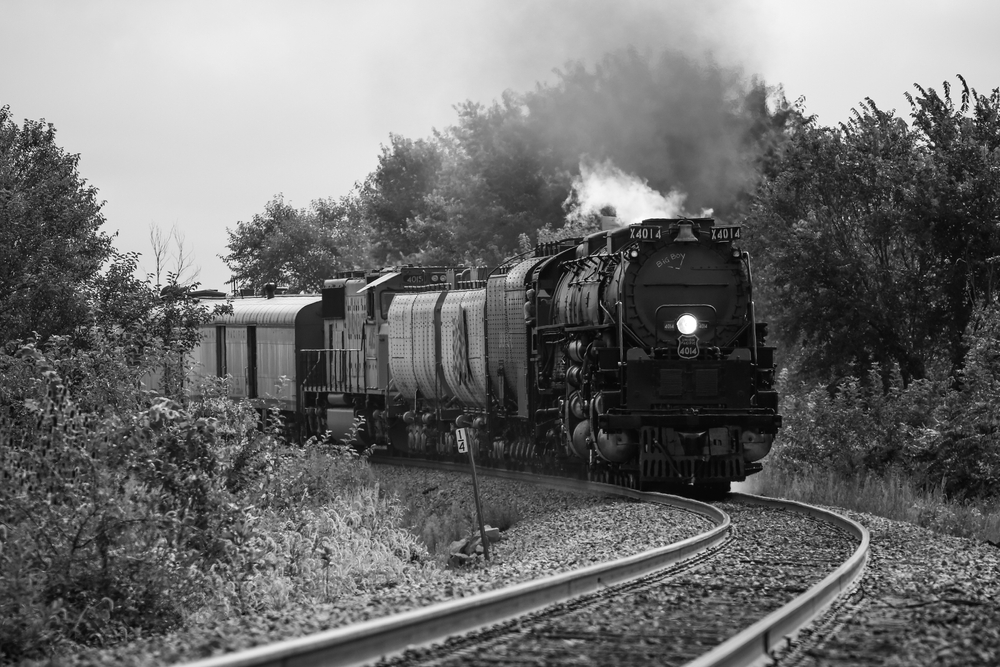
The Big Boy locomotives of the Union Pacific Railroad were among the largest and most powerful steam locomotives ever built. Constructed between 1941 and 1944, these giants were designed to haul massive freight trains over the Rockies. Their immense size and power made them legendary. Several have been preserved in museums, and in 2019, Big Boy No. 4014 was restored to operating condition for special events.
Norfolk and Western Class J (1941-1950)

The Norfolk and Western Railway’s Class J steam locomotives, built between 1941 and 1950, were renowned for their speed, power, and mechanical reliability. Designed for passenger service, they were capable of speeds over 100 mph. The Class J represented the pinnacle of steam locomotive design and performance. One notable survivor, No. 611, has been meticulously restored and operates on special excursion runs.
General Electric Dash 9 Series (1993-Present)
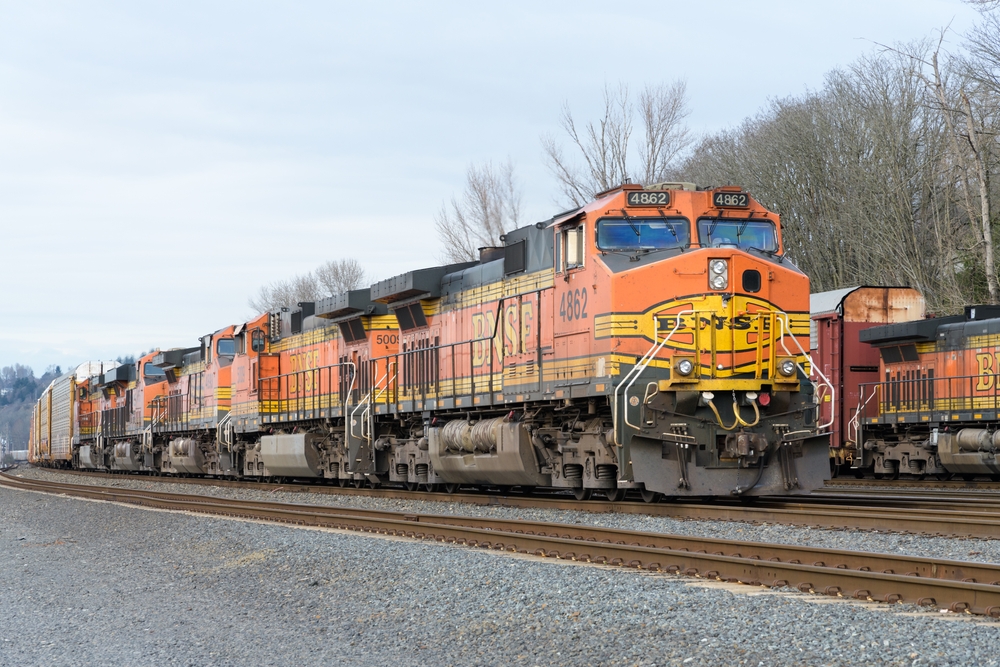
The GE Dash 9 series, introduced in 1993, represents the modern era of diesel-electric locomotive technology. These locomotives are known for their reliability, fuel efficiency, and lower emissions, making them a mainstay of contemporary American freight railroading. They continue to be a common sight on railroads across the United States, testament to their enduring design and functionality.
Santa Fe 2-10-4 (1944-1945)
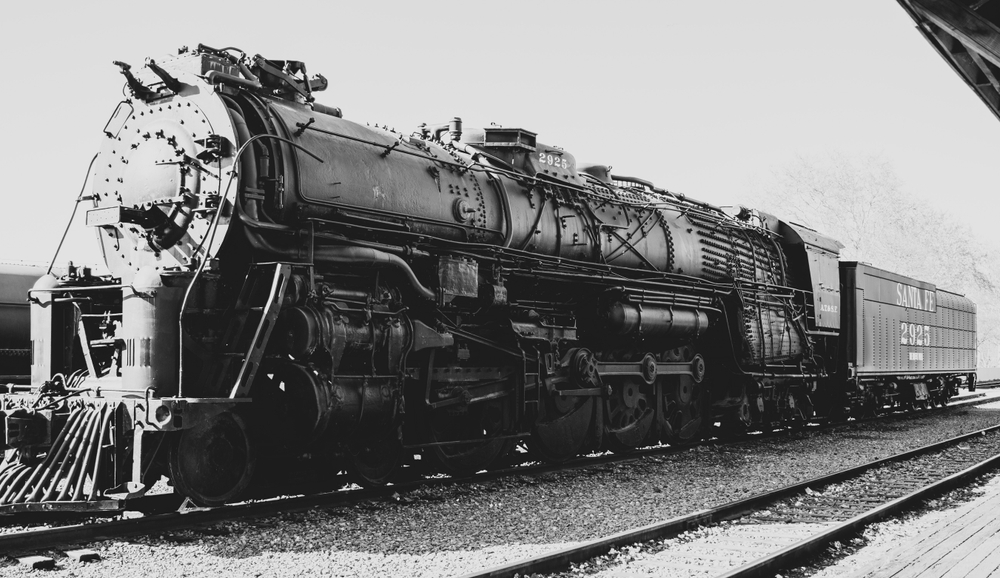
The Santa Fe 2-10-4, also known as the “Texas” type, was a series of steam locomotives built for the Atchison, Topeka and Santa Fe Railway between 1944 and 1945. These powerful locomotives were designed for heavy freight services and were some of the most successful steam locomotives for freight service, symbolizing the peak of steam technology before the shift to diesel. A few have been preserved in museums and parks.
Union Pacific Gas Turbine-Electric Locomotive (1952-1961)

The Union Pacific Railroad’s gas turbine-electric locomotives, produced between 1952 and 1961, were some of the most powerful locomotives ever built. These turbines, often referred to as “Big Blows” due to their loud operation, were unique in their use of gas turbine engines, typically found in jet aircraft. Designed for heavy freight services, they represented an innovative, though ultimately short-lived, experimentation in railroad power sources. These giants were retired by the 1970s, with only a few preserved in museums.
Amtrak F40PH (1976-1992)

The F40PH, built by EMD for Amtrak between 1976 and 1992, became the face of American passenger rail service in the late 20th century. With a 3,000 horsepower engine, it was designed specifically for Amtrak’s long-distance intercity routes. The F40PH was known for its reliability and versatility, becoming a workhorse for Amtrak for over two decades. While they have been largely retired from Amtrak service, some have been preserved or continue to operate on regional and tourist railroads.
Chesapeake & Ohio Class J3a Greenbrier (1948)

The Chesapeake & Ohio (C&O) Class J3a Greenbrier locomotives, introduced in 1948, were a series of powerful and elegant steam locomotives. Designed primarily for passenger service, these locomotives were known for their strength, capable of speeds up to 100 mph. The Greenbrier locomotives, with their streamlined design, represented the height of steam locomotive development in the post-war era. While none of these majestic locomotives have been preserved, they remain a symbol of the golden age of steam in American railroading.
Burlington Zephyr (1934)

The Burlington Zephyr, introduced in 1934, was a groundbreaking stainless steel, diesel-powered streamliner. It set a new standard for high-speed passenger service, famously making a “dawn-to-dusk” run from Denver to Chicago during its inaugural journey. The Zephyr’s sleek, Art Deco design and innovative construction made it a symbol of modernity and efficiency in the 1930s and helped usher in the streamliner era of passenger rail travel. The original Zephyr is preserved at the Chicago Museum of Science and Industry, testament to its historical significance.
This article originally appeared on MyCarMakesNoise.
More from MyCarMakesNoise
World’s Fastest Motorcycles Revealed

The world of motorcycles has witnessed some astonishing speed demons that push the limits of two-wheeled engineering. These lightning-fast machines captivate the imagination of riders and enthusiasts alike, blending raw power, aerodynamics, and advanced technology. Read More.
20 Cars That Were 1960s Flops

The 1960s were a legendary time for cars, known for iconic muscle cars like the Ford Mustang and Chevrolet Camaro. This era introduced groundbreaking designs and innovation. Read More.
10 Hybrid SUVs That Eco-Conscious Explorers Will Love

As the world pivots towards sustainable living, the automotive industry is no exception. Hybrid SUVs have emerged as the frontrunners of this green revolution, merging the expansive space and commanding presence of traditional SUVs with the eco-friendly efficiency of hybrid technology. Read More.

